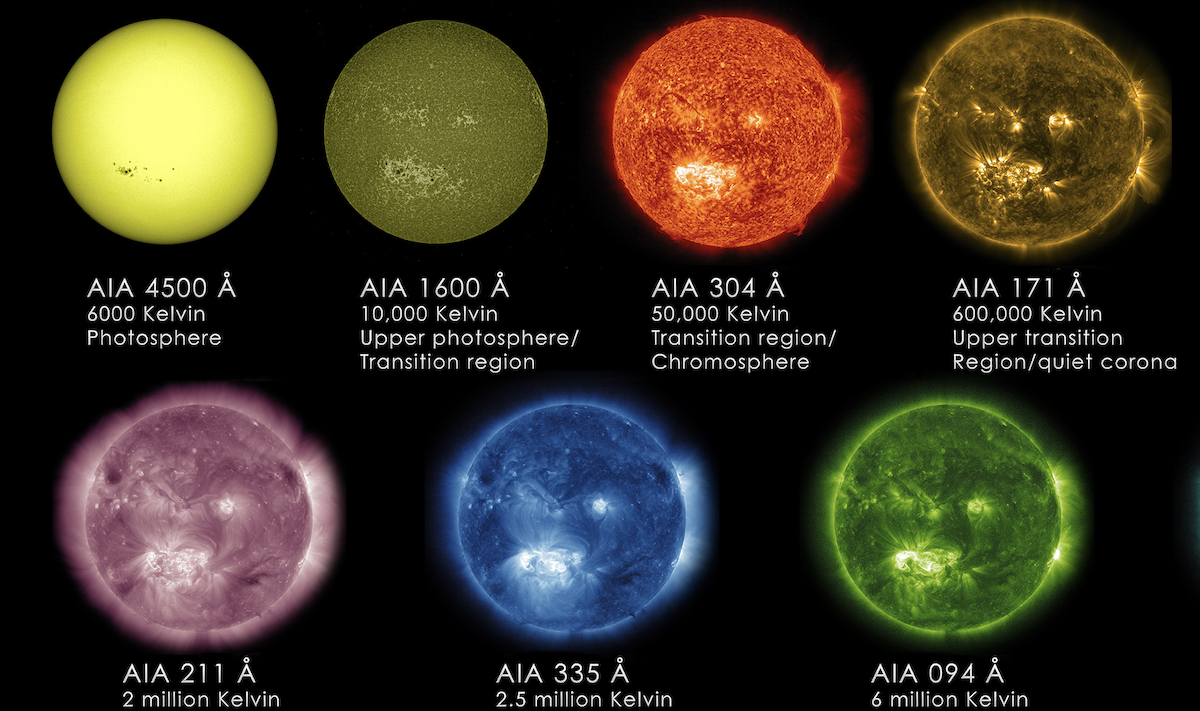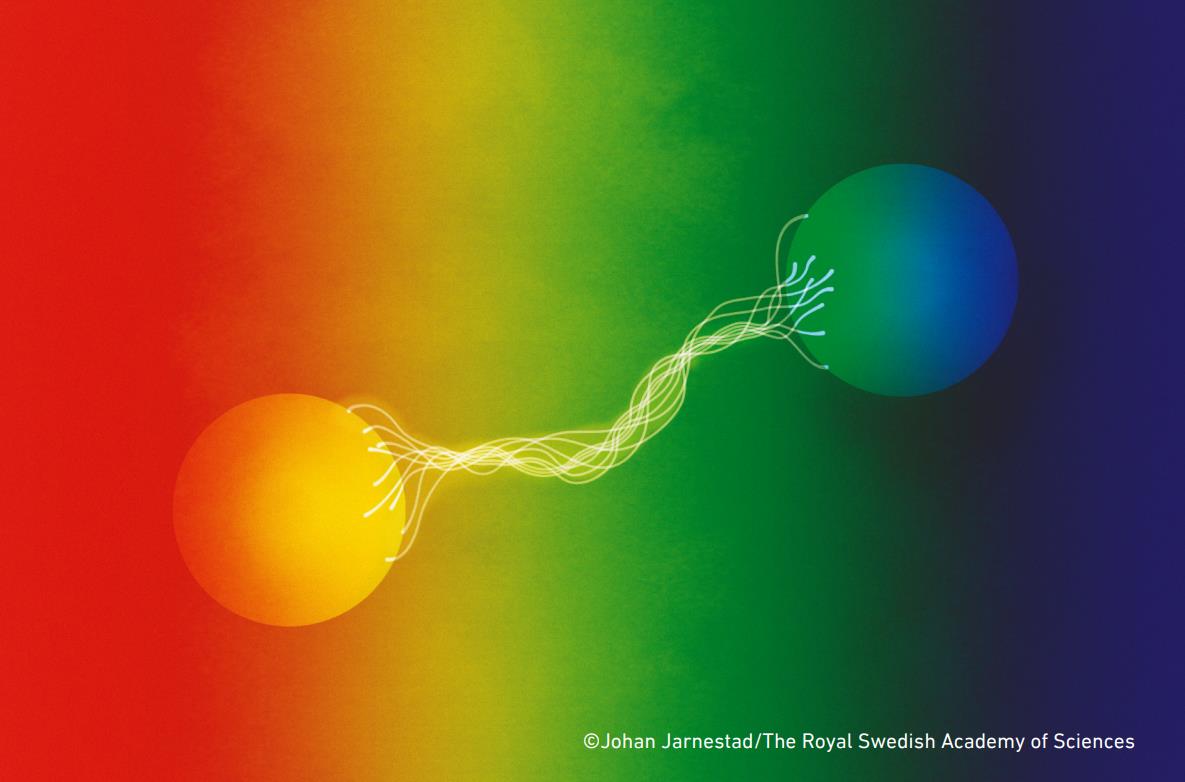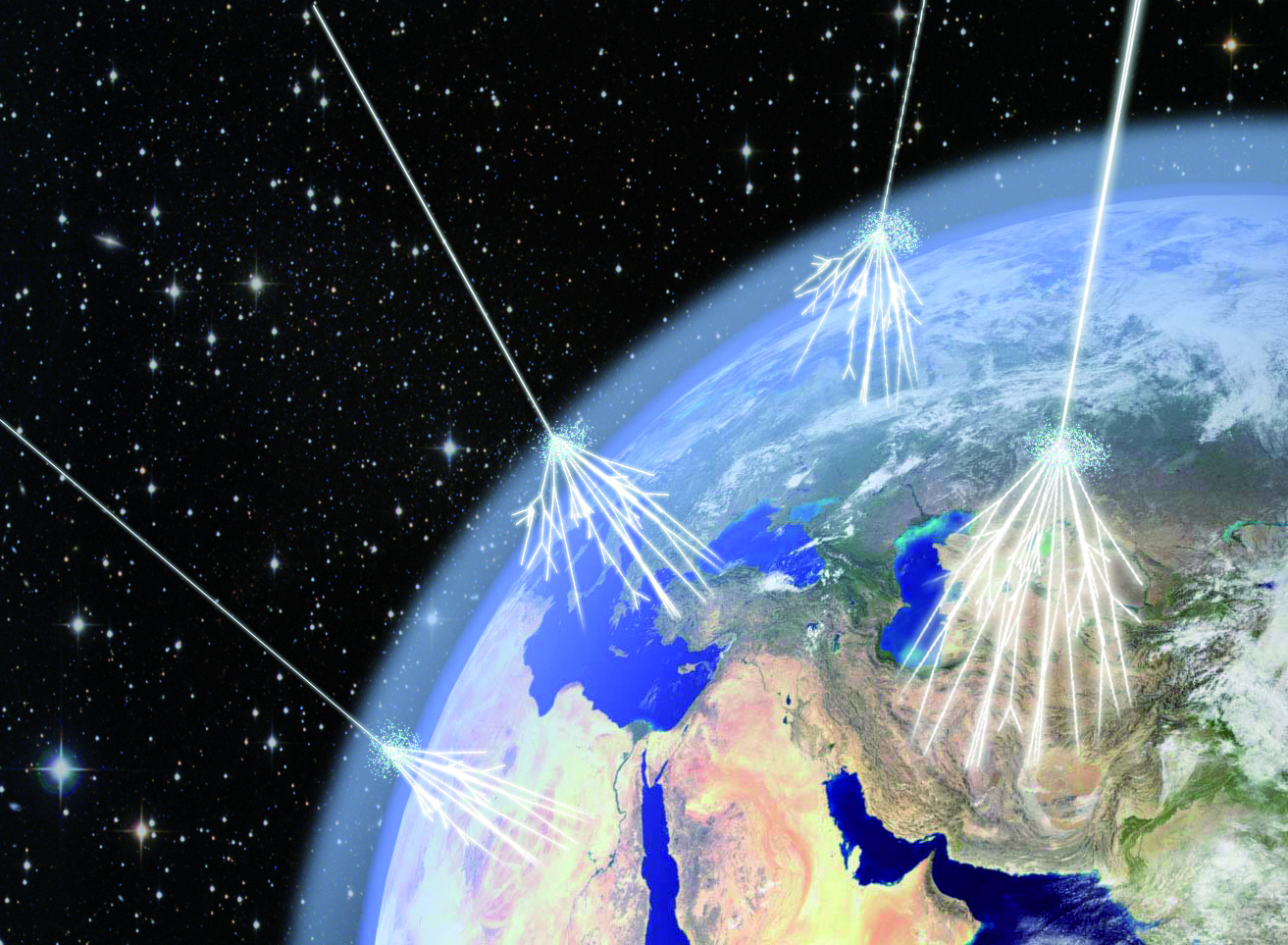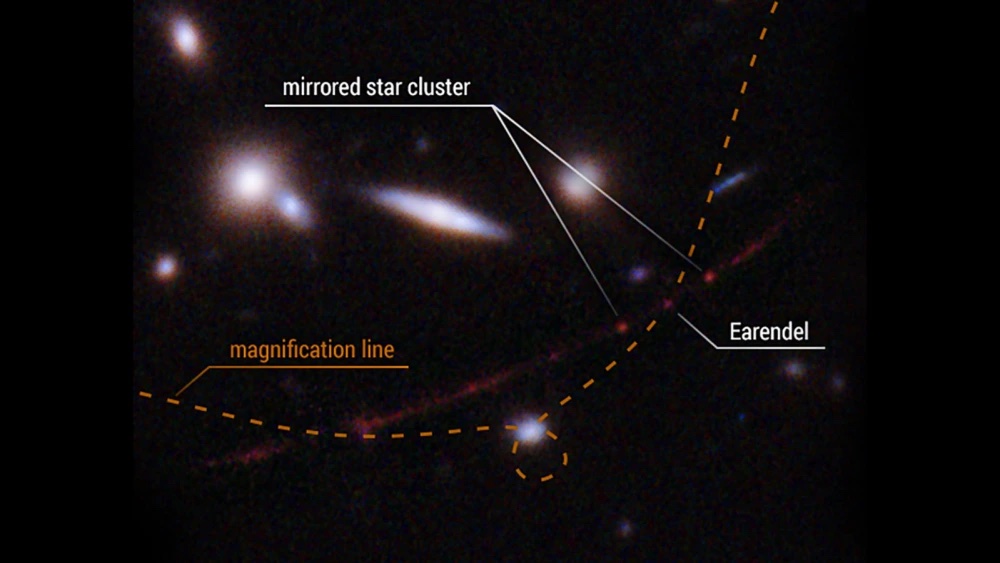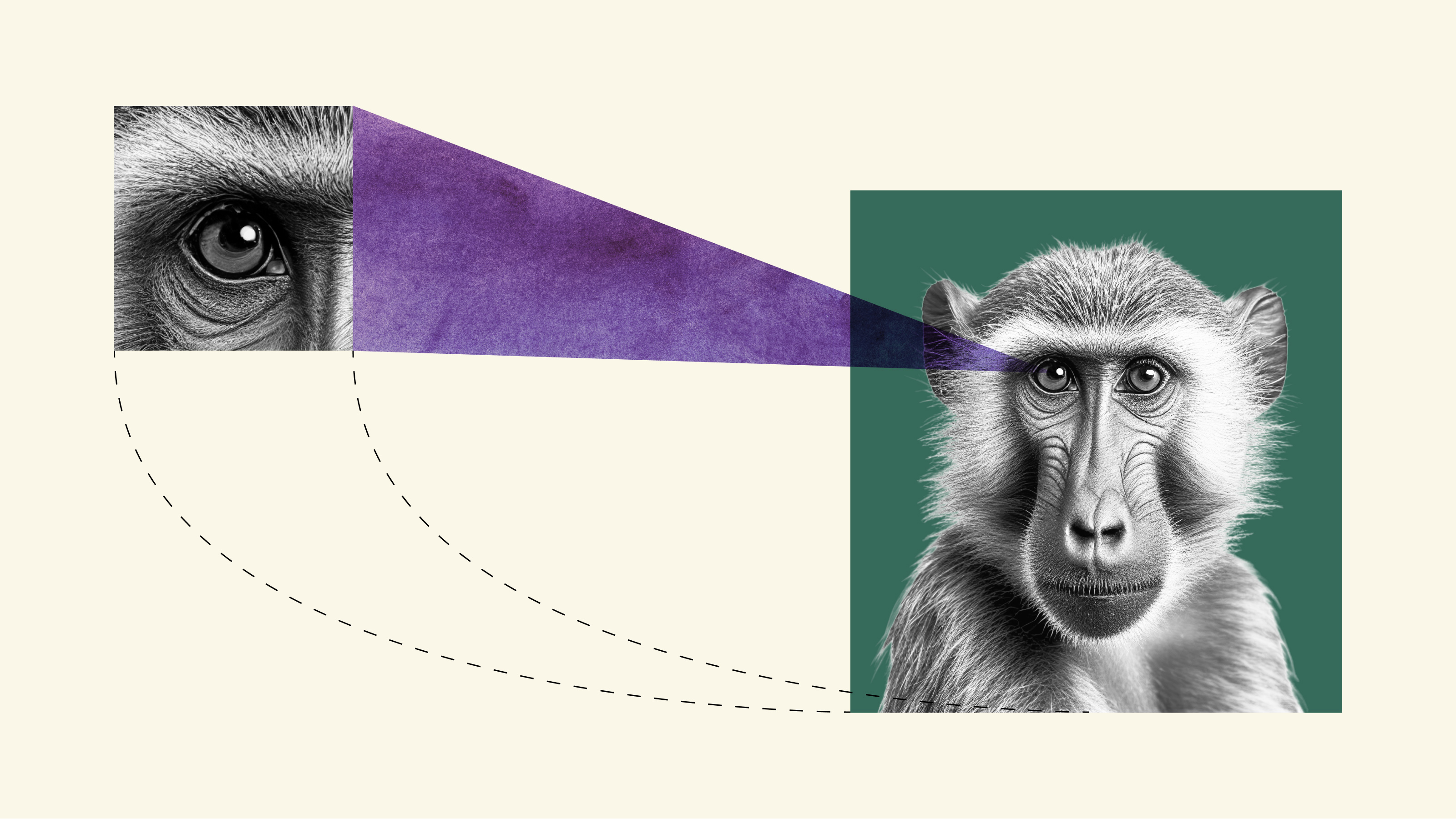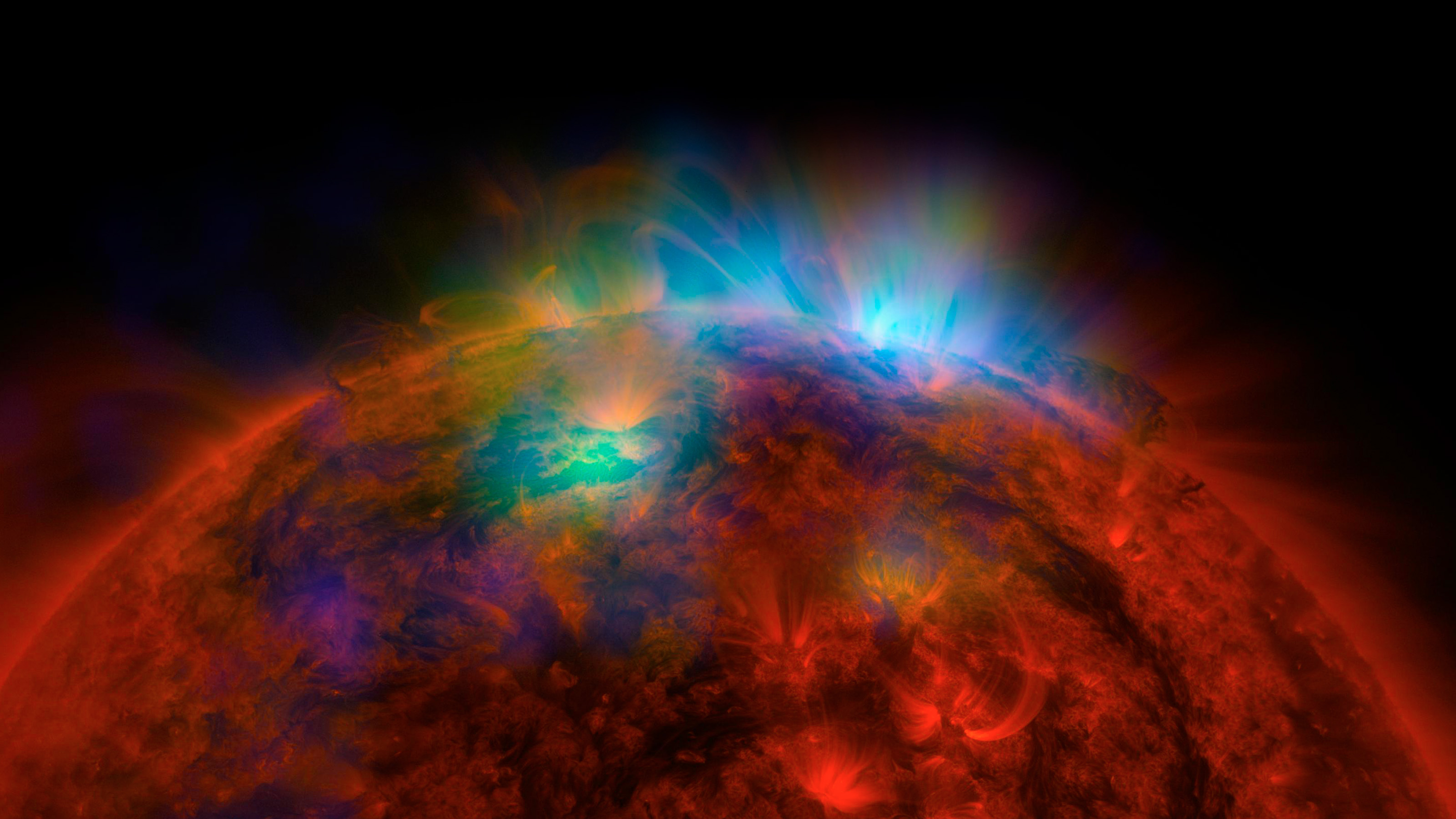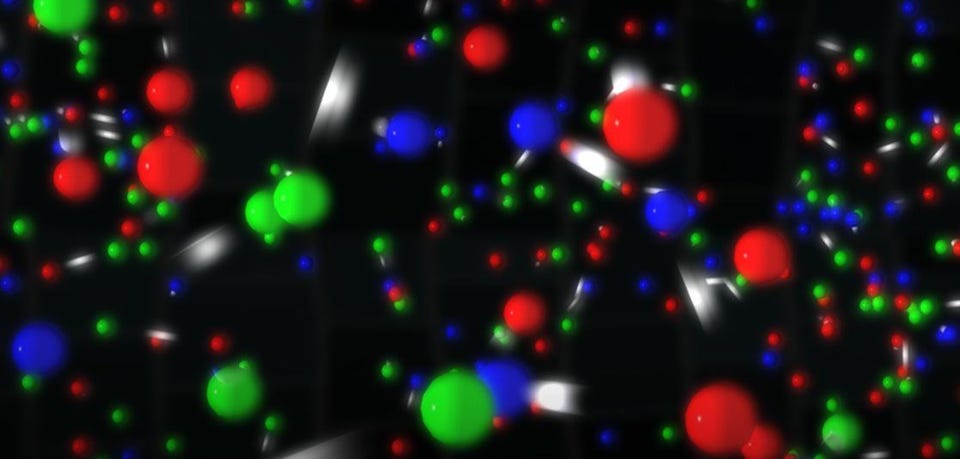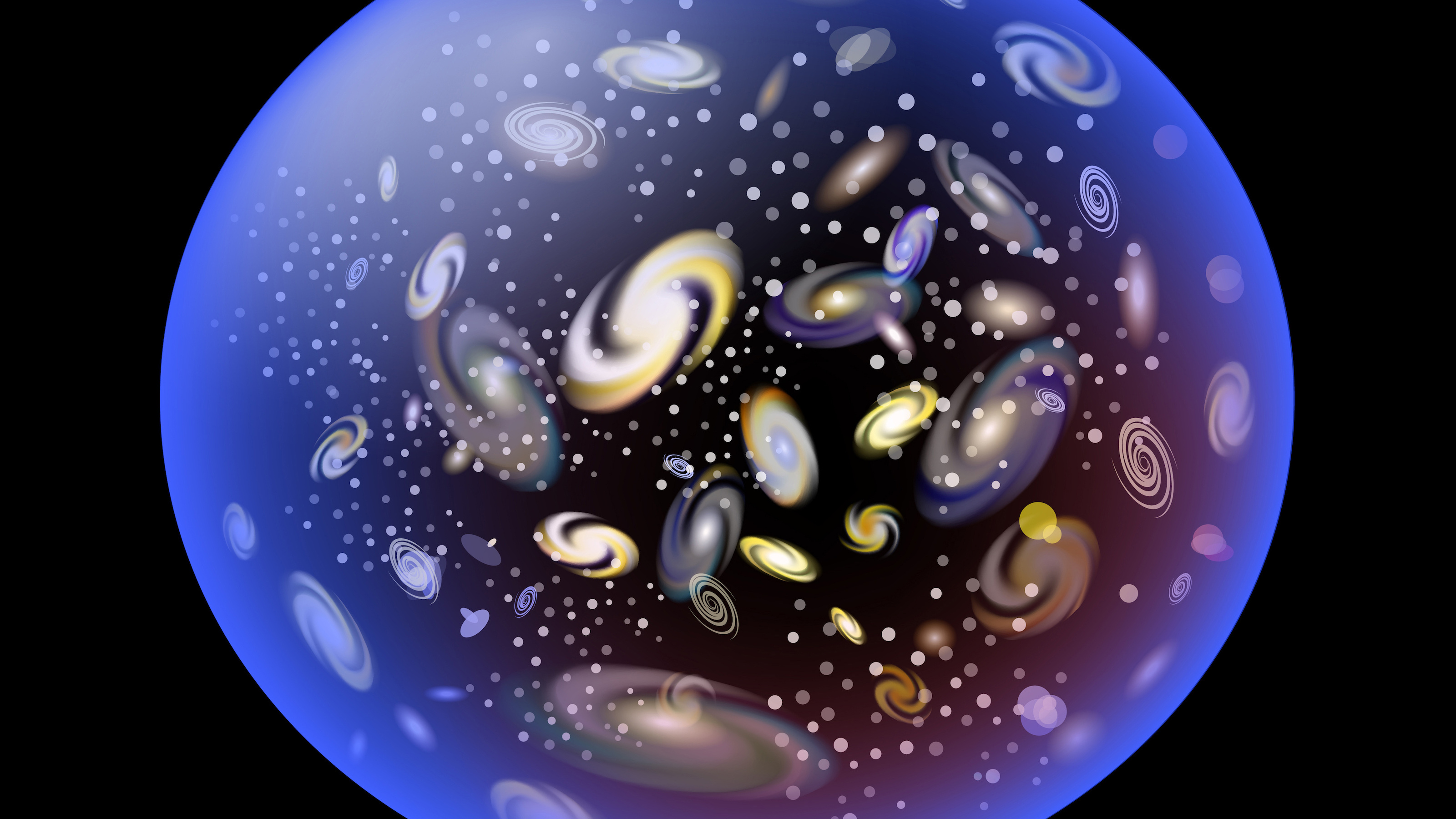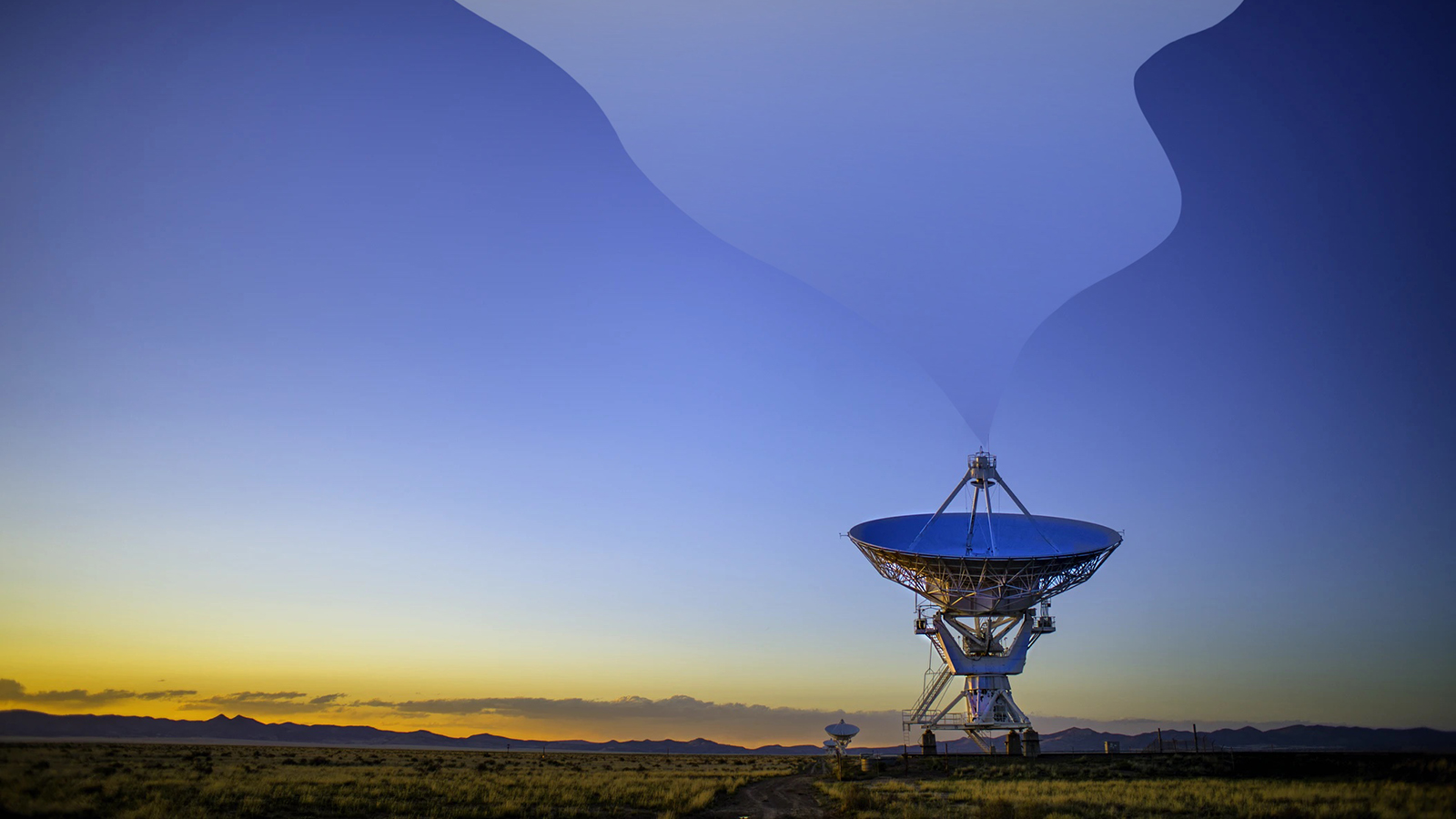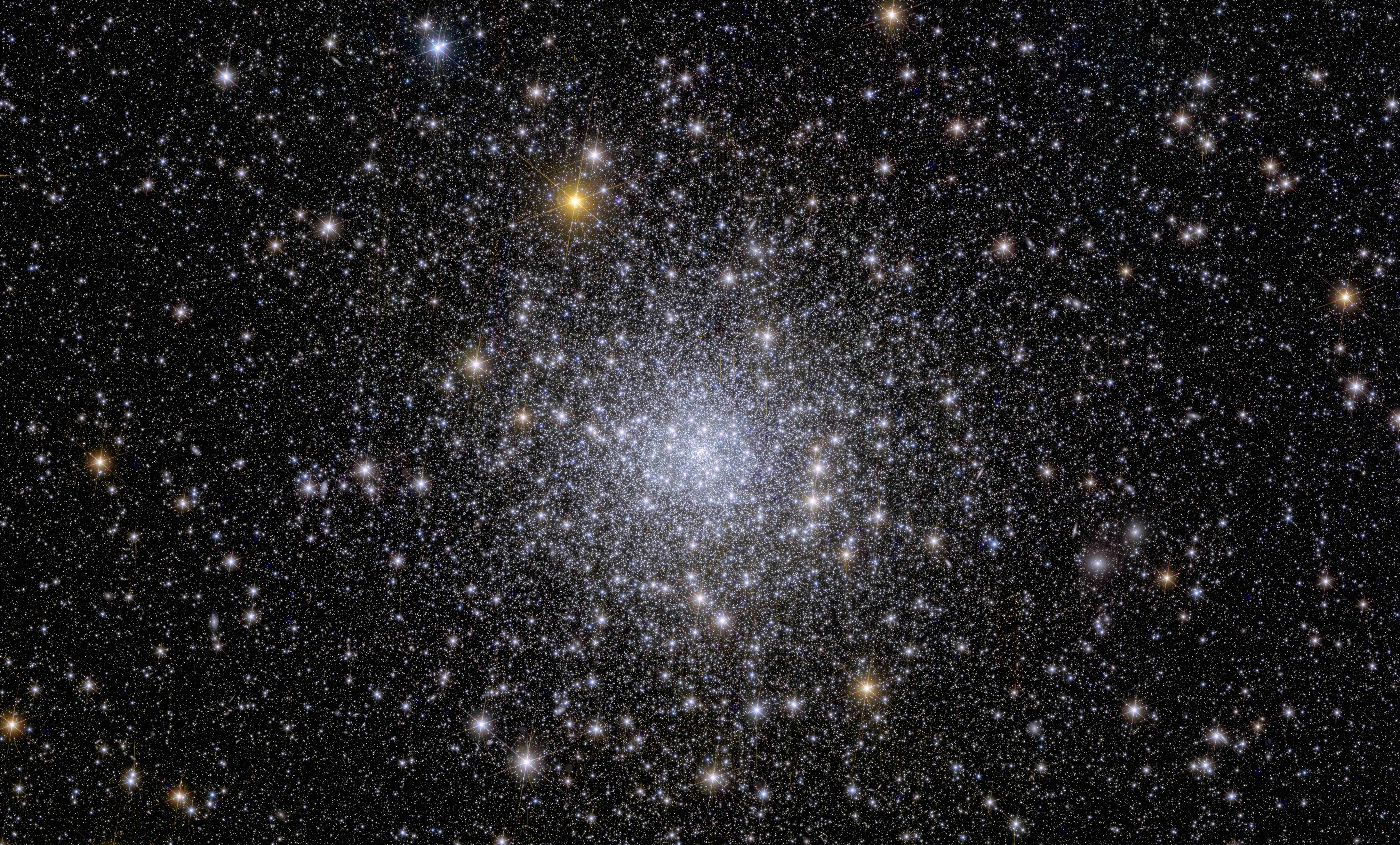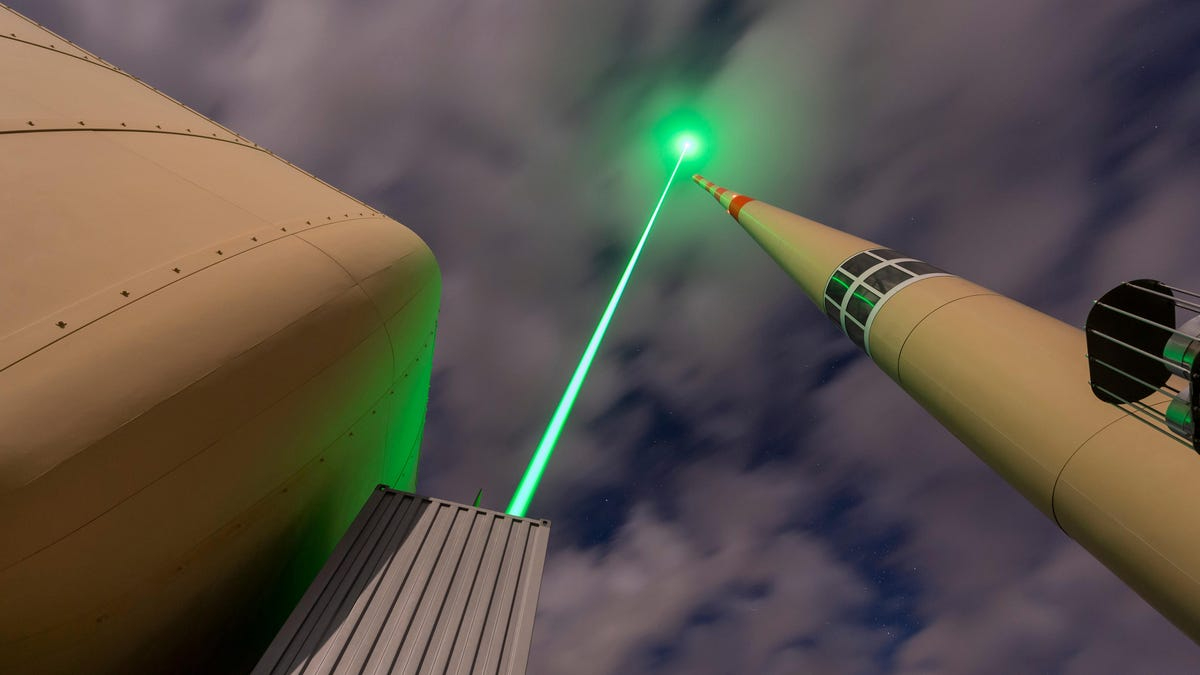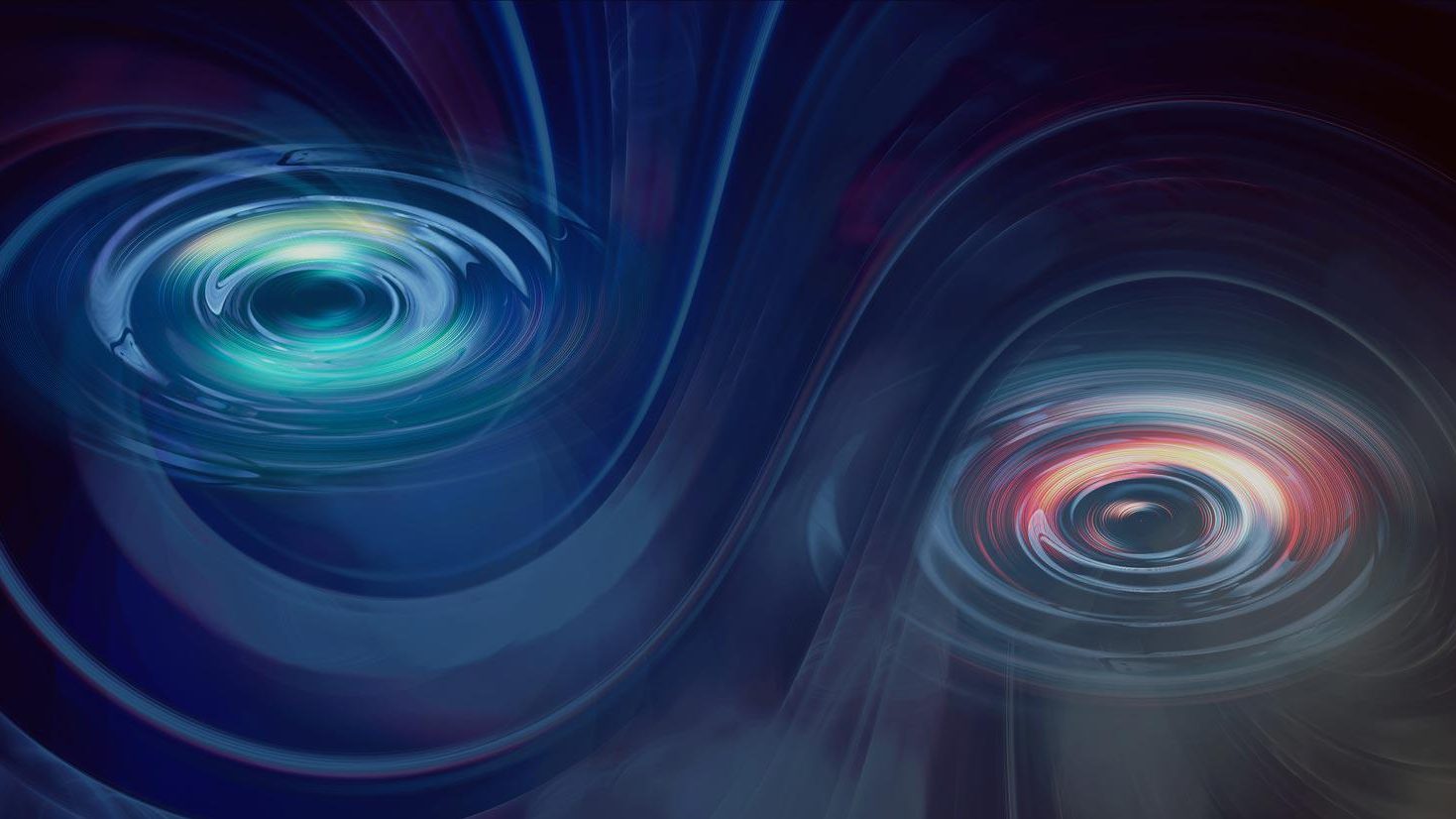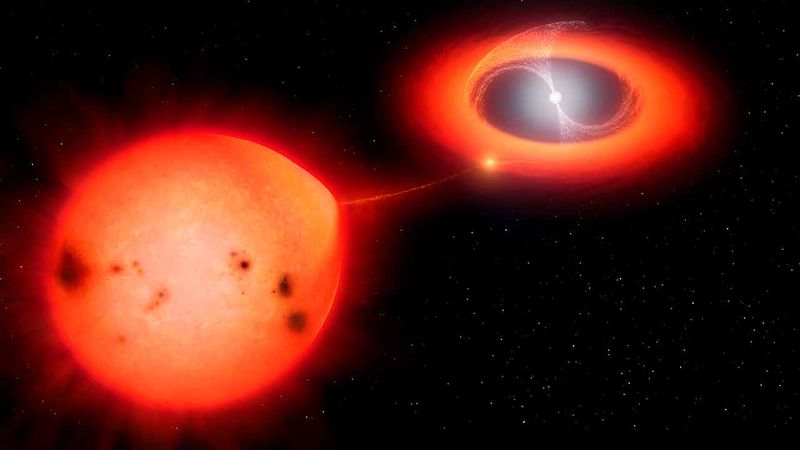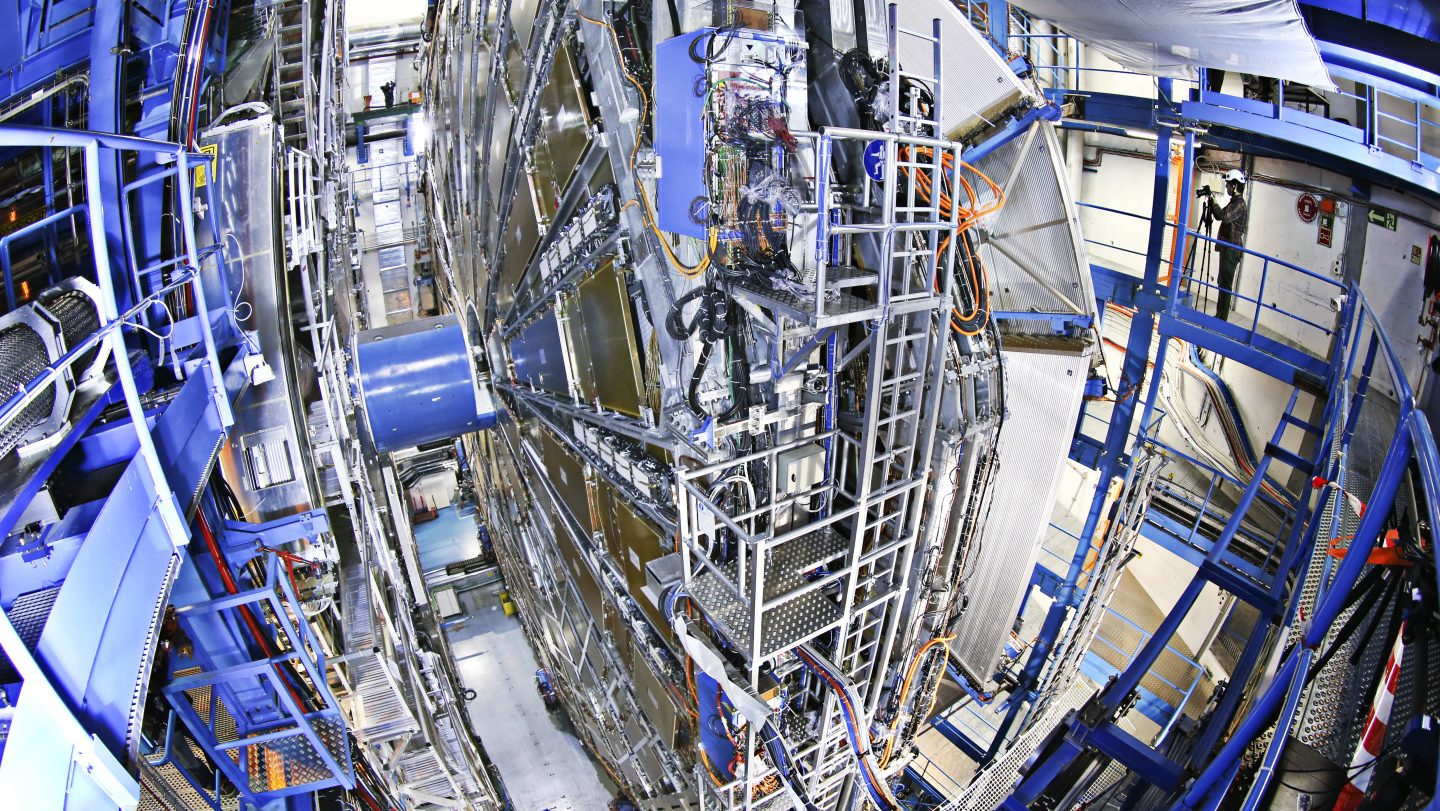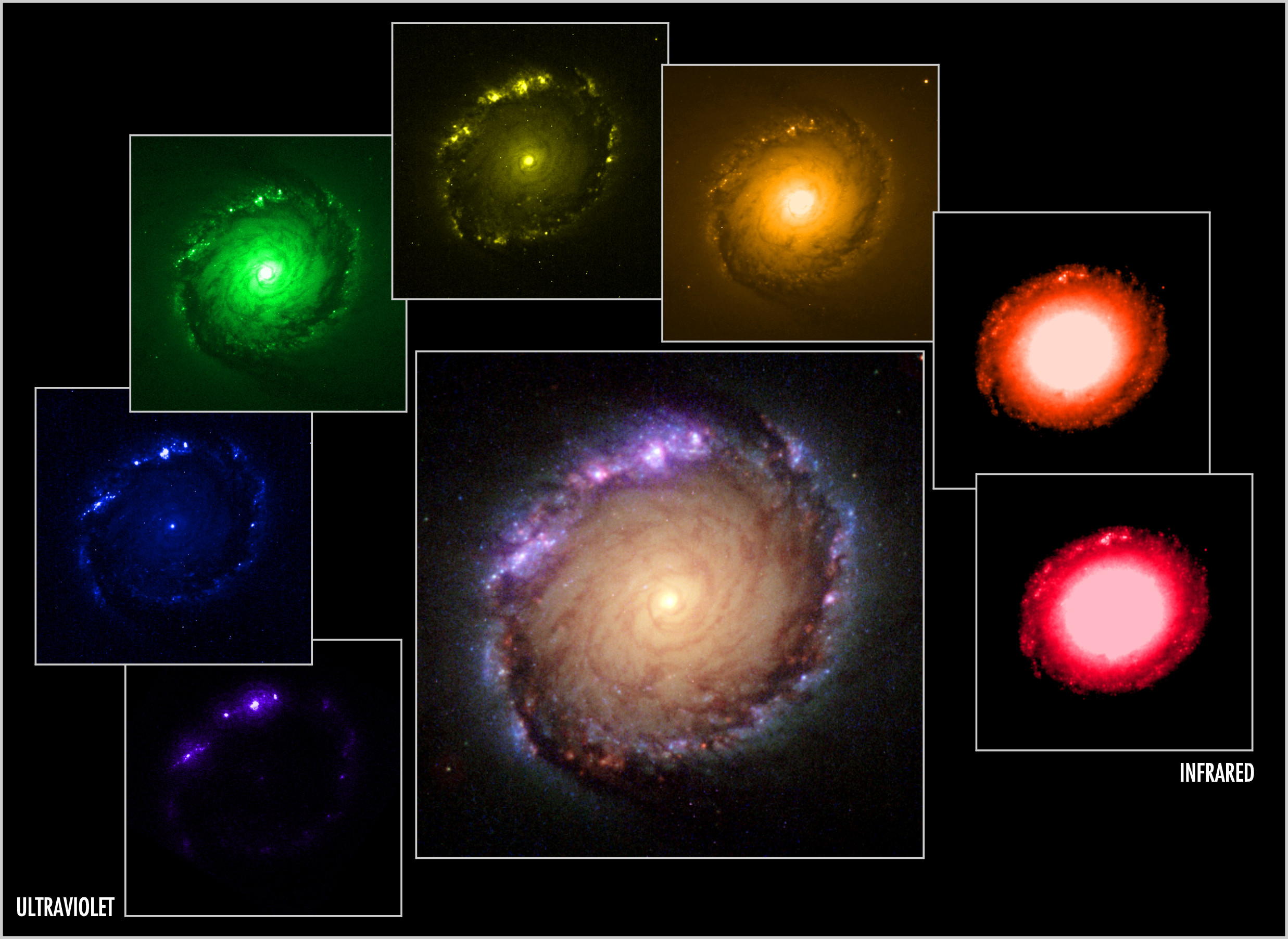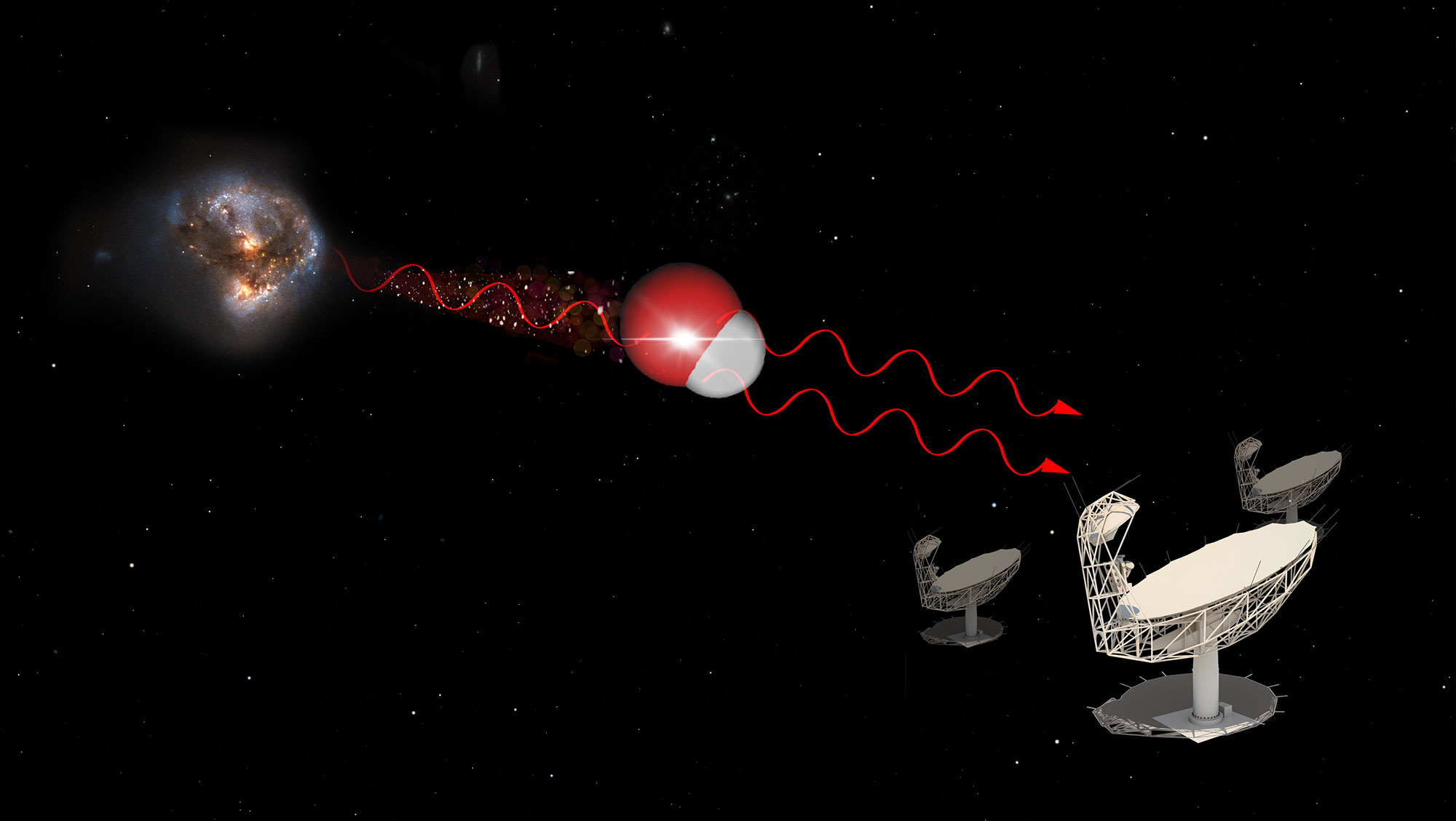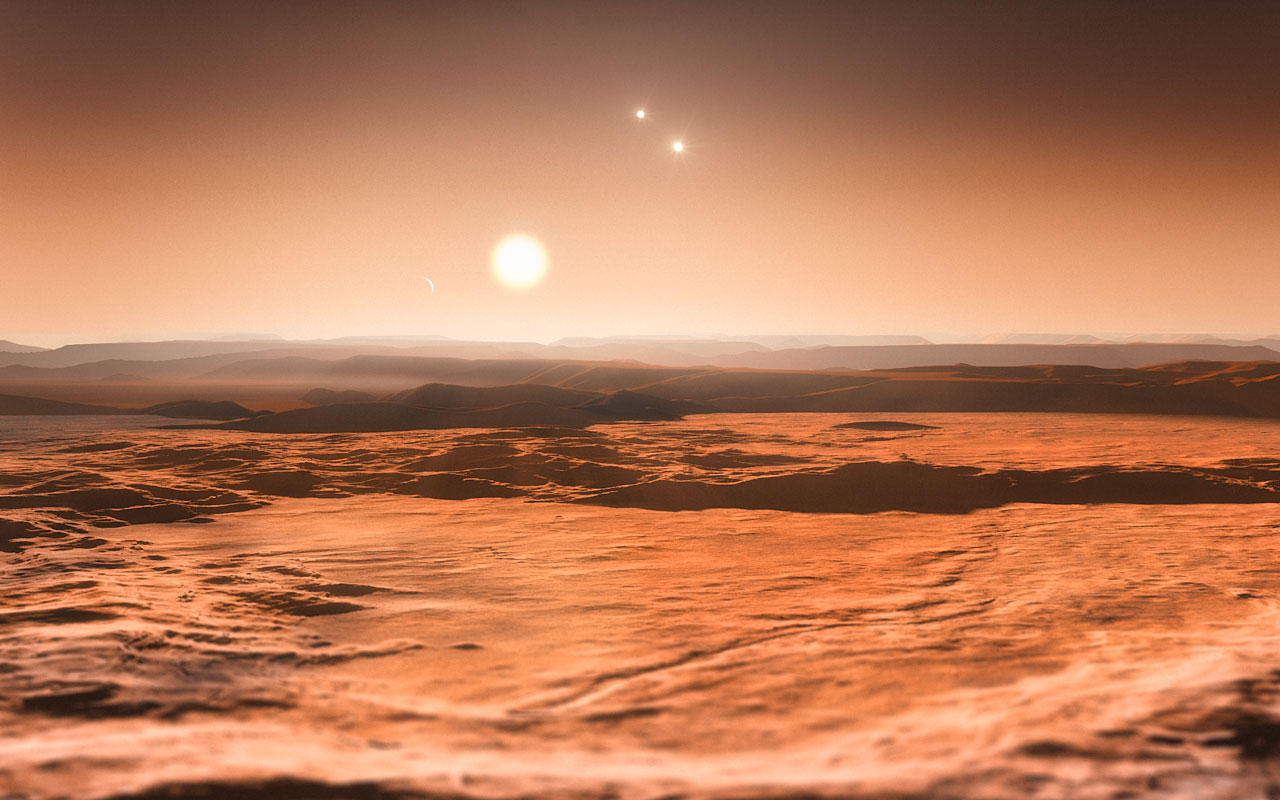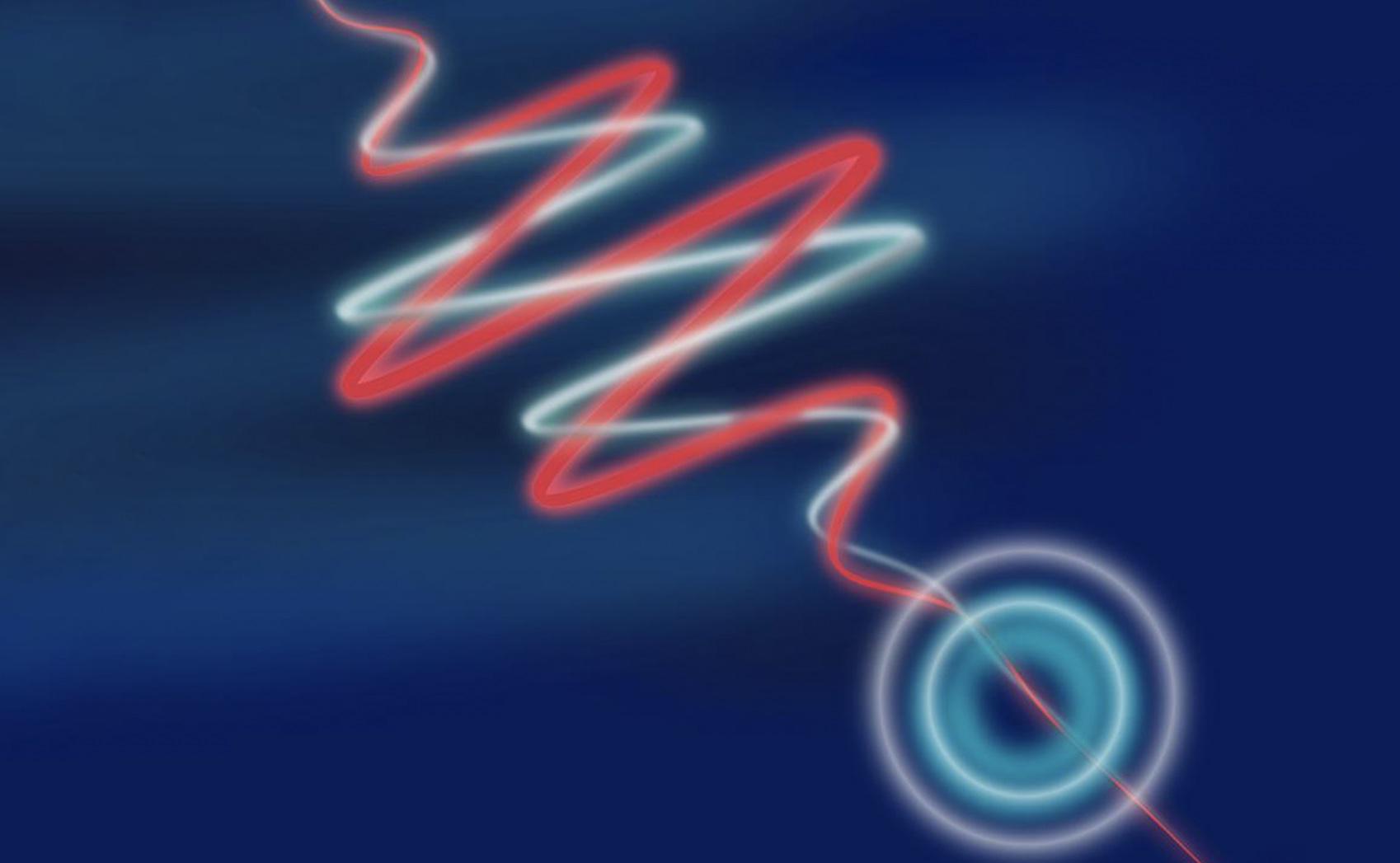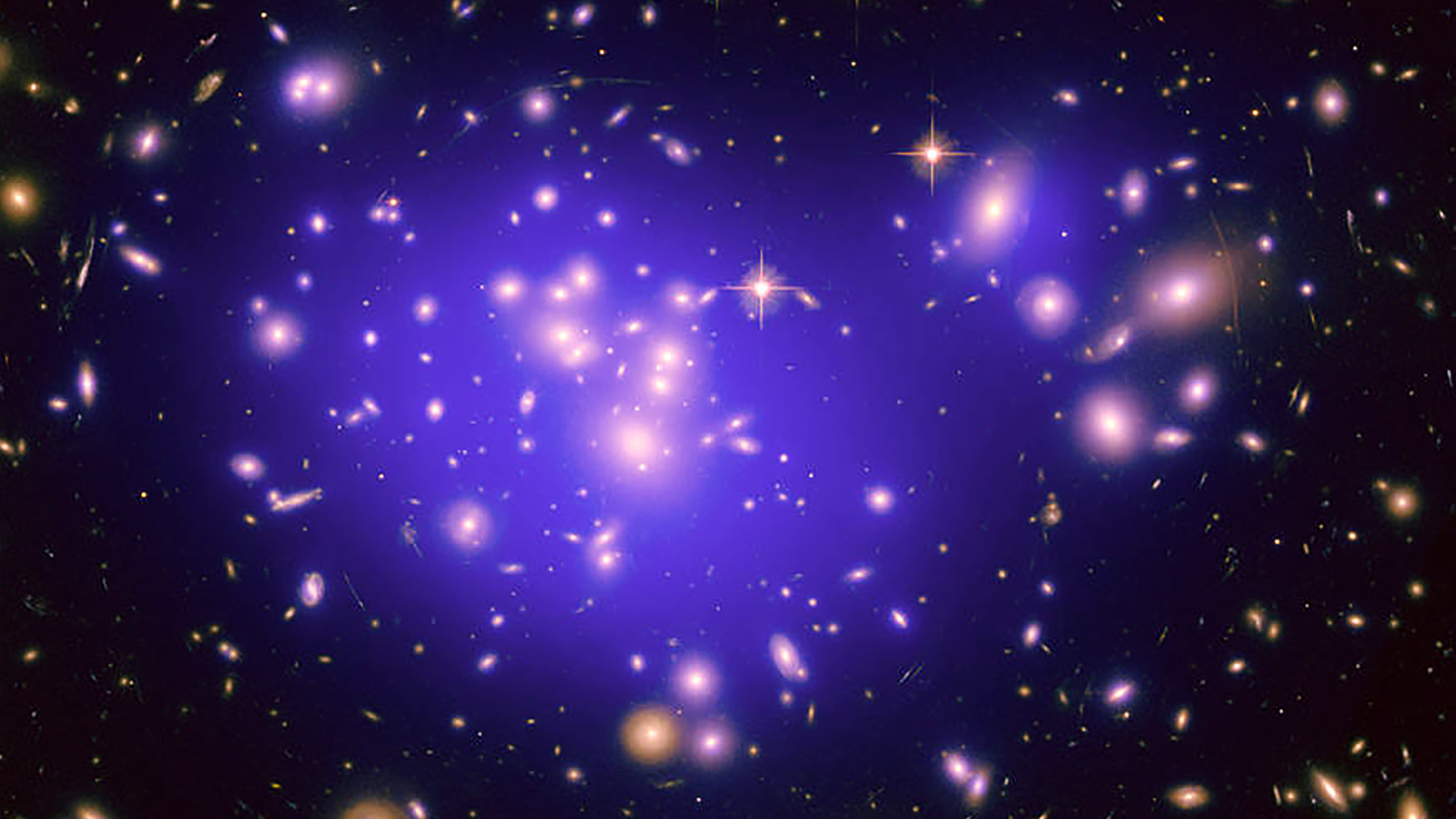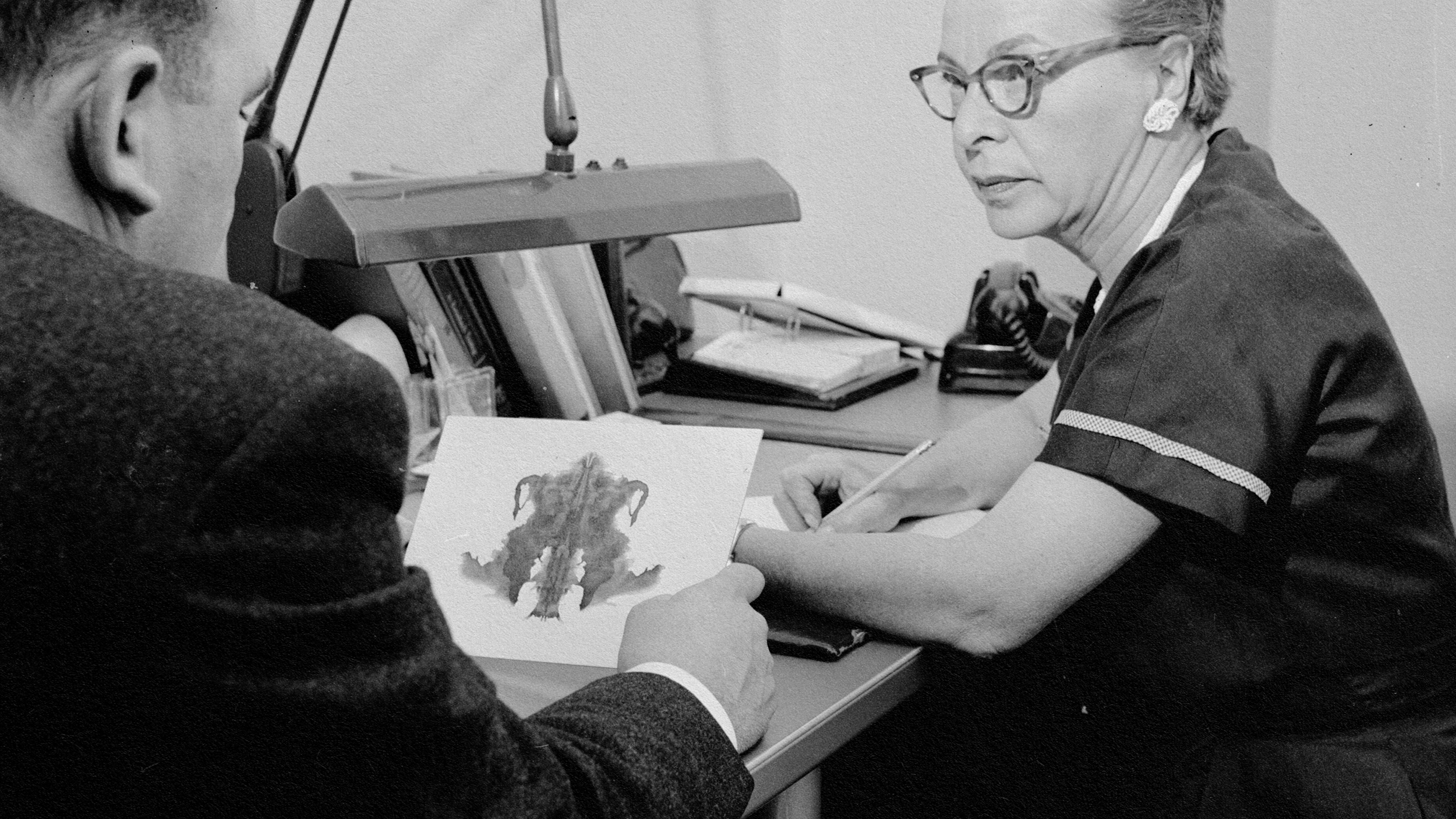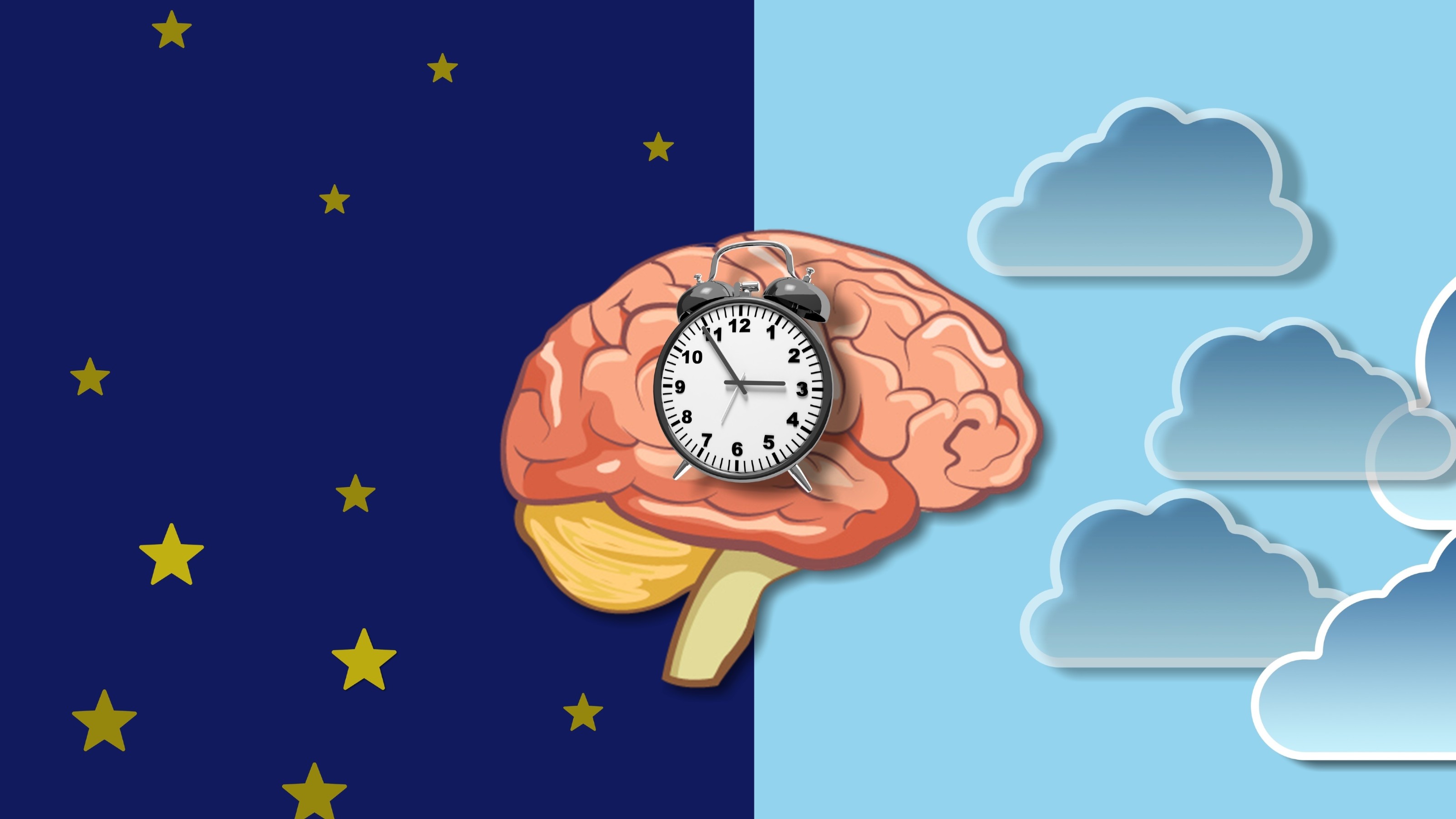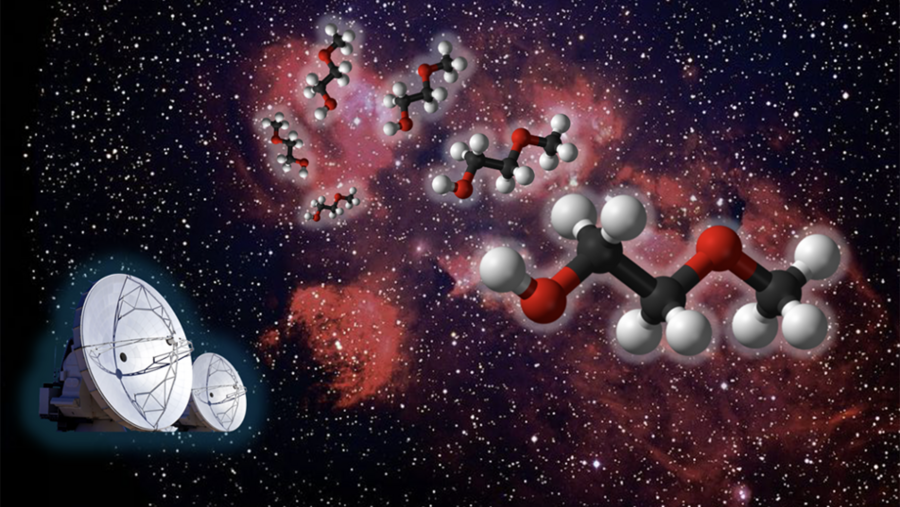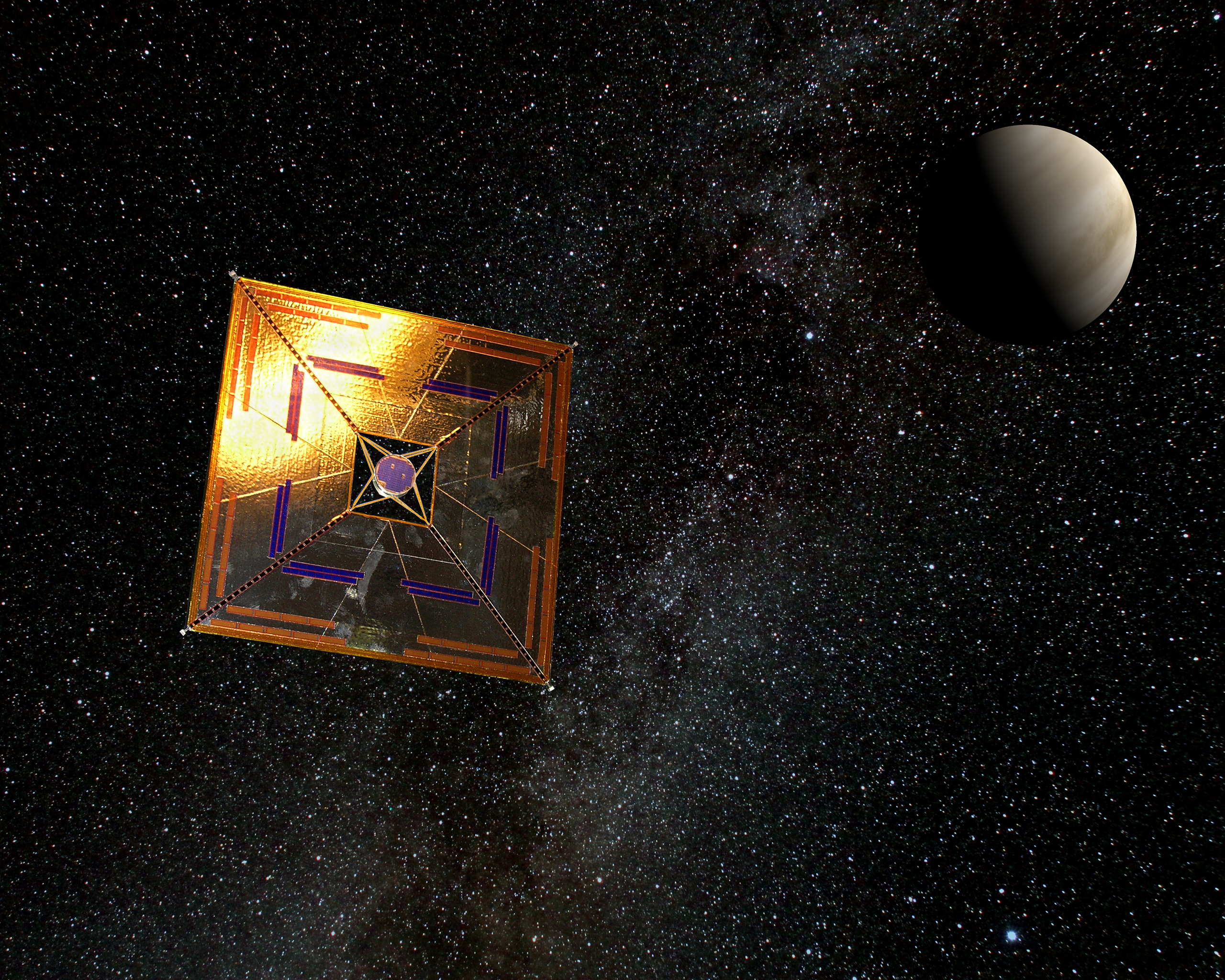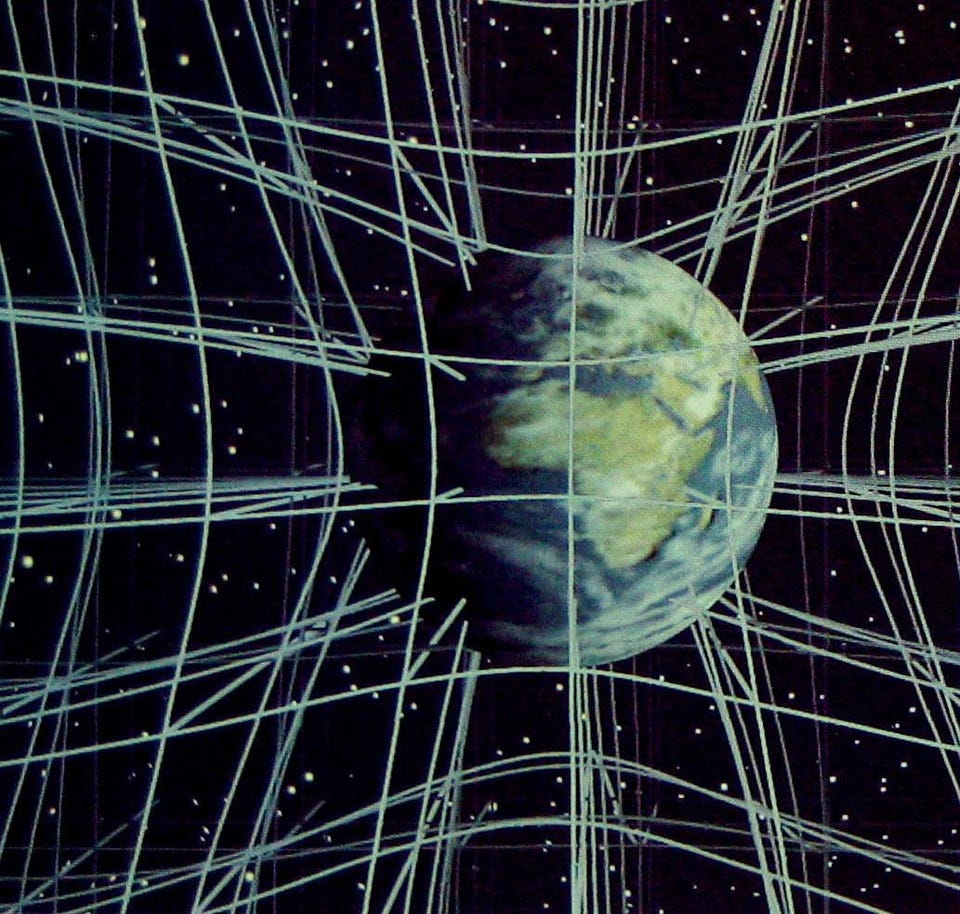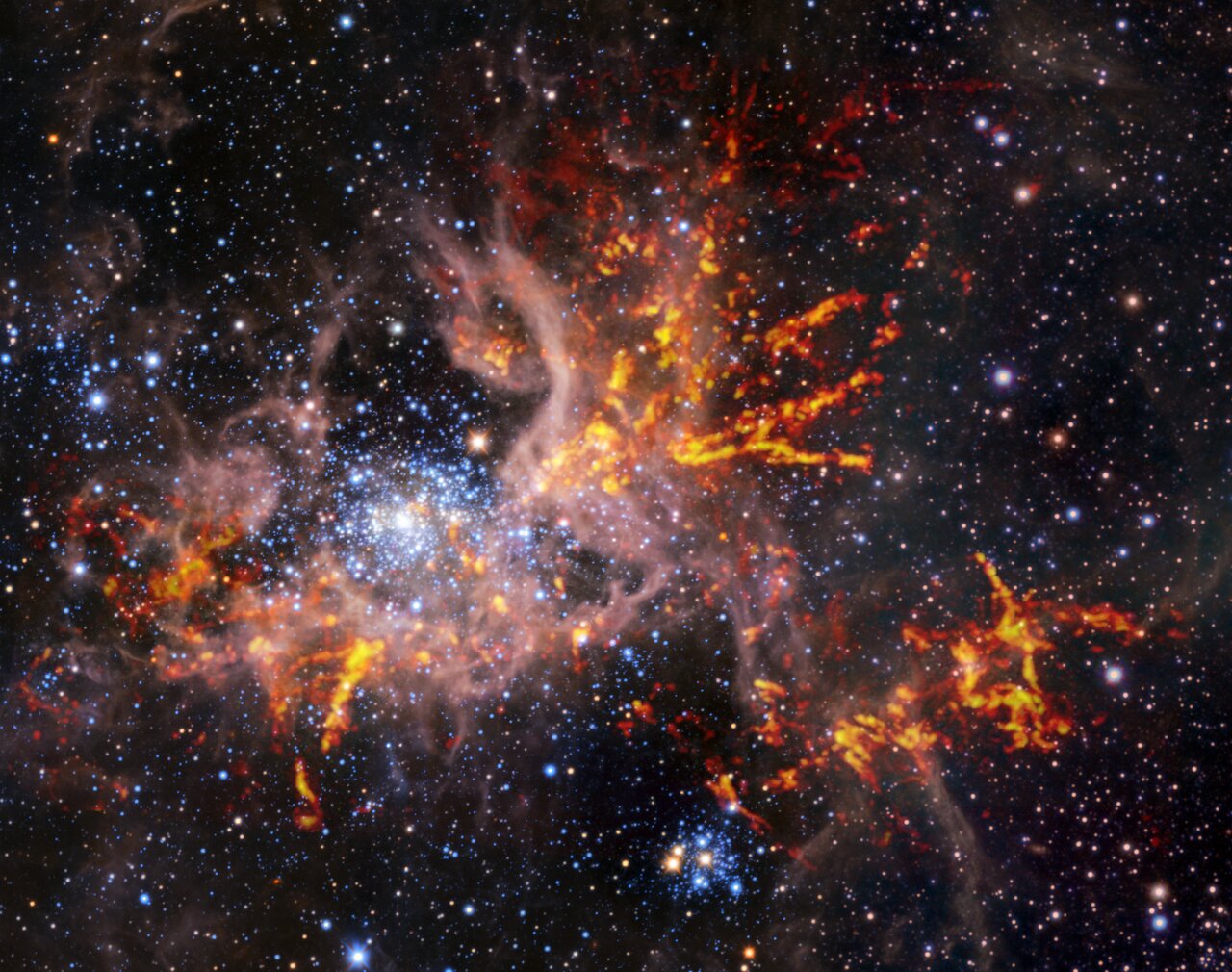The European Space Agency’s Solar Orbiter recently captured images that could help scientists better under the mysterious physics of our Sun.
Search Results
You searched for: light
They say that nobody understands quantum mechanics. But thanks to these three pioneers in quantum entanglement, perhaps we do.
Bertrand Russell shows us how to recognize emotional arguments smuggled into presumed statements of fact.
As particles travel through the Universe, there’s a speed limit to how fast they’re allowed to go. No, not the speed of light: below it.
The Hubble Space Telescope, 32 years after its launch, broke the all-time record for most distant star. It won’t do better.
In all mammals, there are two brain pathways for processing information from the eyes: an evolutionarily ancient one and a more modern one.
Before we formed stars, atoms, elements, or even got rid of our antimatter, the Big Bang made neutrinos. And we finally found them.
The idea that “you” persist after death does not hold up to the current understanding of memory and identity.
When Einstein gave General Relativity to the world, he included an extraneous cosmological constant. How did his ‘biggest blunder’ occur?
If life is common in the Universe, then where is everybody? Known as the Fermi Paradox, a new project may help solve the riddle.
Analog could serve as “always-on” computing, while digital is turned on only when necessary.
Sometimes, going “deeper” doesn’t reveal the answers you seek. By viewing more Universe with better precision, ESA’s Euclid mission shines.
Laser-guided lightning systems could someday offer much greater protection than lightning rods.
Are quantum fields real, or are they simply calculational tools? These 3 experiments show that if energy is real, so are quantum fields.
If you think you know how an astronomical nova works, buckle up. You’re in for a ride like you never expected.
LHC scientists just showed that spooky quantum entanglement applies to the highest-energy, shortest-lived particles of all: top quarks.
The photometric filters for the Vera Rubin Observatory are complete and showcase why they are indispensable for astronomy.
Forget about the terawatt lasers we’re making on Earth. This natural one is thousands of times more powerful than the Sun.
The closest star system to Earth, just over 4 light-years away, has three stars and at least one Earth-sized planet. Is it time to go there?
Nuclear fusion has long been seen as the future of energy. As the NIF now passes the breakeven point, how close are we to our ultimate goal?
Philosophers and scientists spent millennia arguing about the nature of light. It turned out to be stranger than anyone imagined.
Stars orbiting black holes were observed to move significantly slower than expected. One explanation centers on dark matter.
We know the Universe is expanding, but scientists don’t agree on the rate. This is a legitimate problem.
Your expectations form the way you experience the world.
For college students, it’s the early afternoon.
Such discoveries help researchers better understand the development of molecular complexity in space during star formation.
With advanced laser technology and an appropriate sail, we could accelerate objects to ~20% the speed of light. But would they survive?
The idea of gravitational redshift crossed Einstein’s mind years before General Relativity was complete. Here’s why it had to be there.
When stars form, they emit energetic radiation that boils gas away. But it can’t stop gravitational collapse from making even newer stars.
